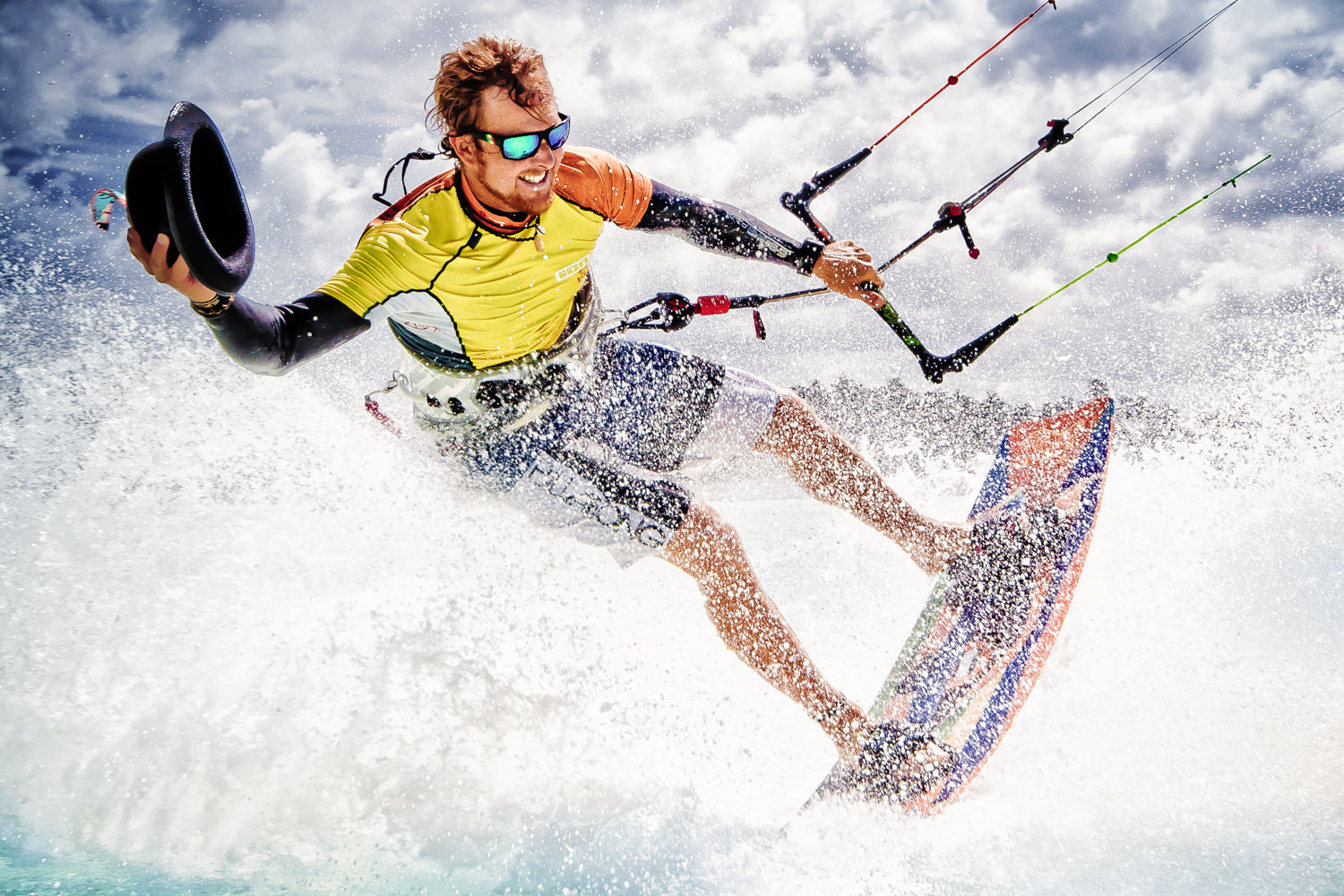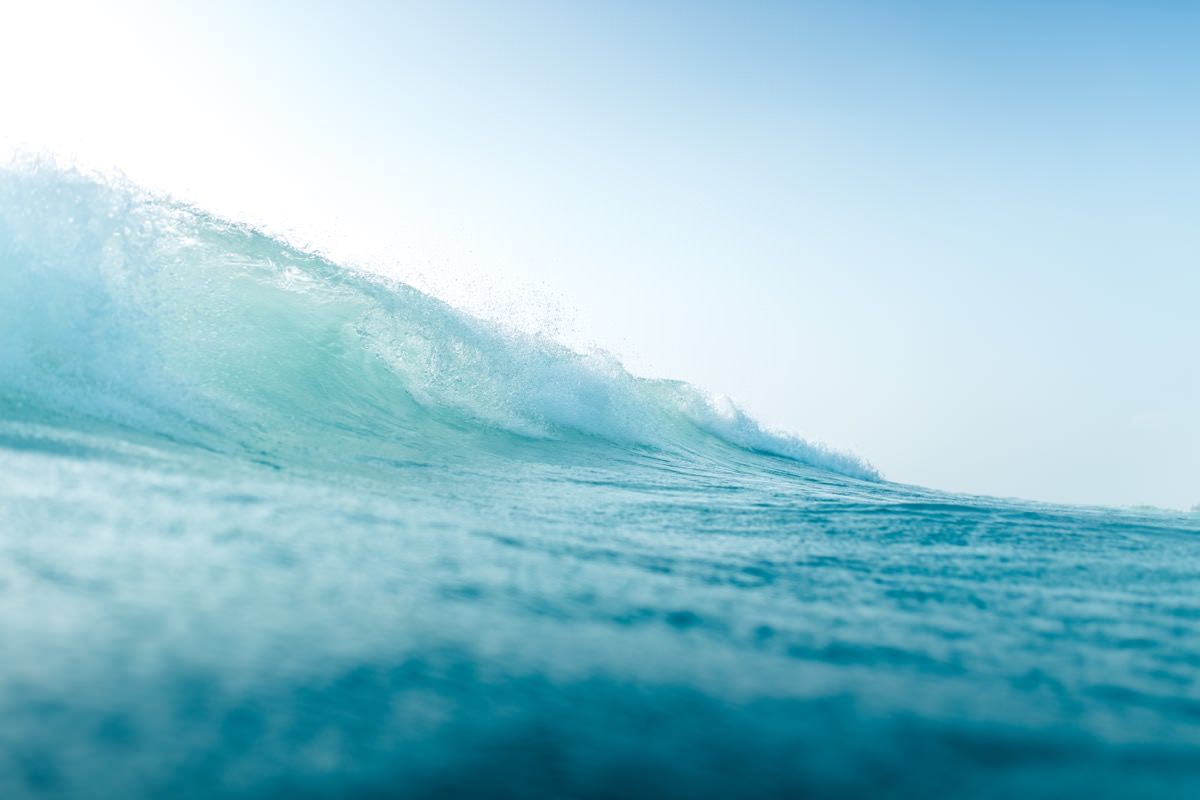Shayne Thomas has been a professional photographer since finding himself shipwrecked on the island of Zanzibar some time around 2010. This is also about the time that KiteSista met Shayne and he became a close friend and collaborator every since.
After shooting on the island for a number of years Shayne found love and new direction and ended up first in Finland and then in Germany where he now runs a very successful wedding photography business melliandshayne.com.
Shayne’s images from his time in Zanzibar and recent visits back to the island remain unique which in the world of modern photography is certainly a rare find, so when Shayne offered to share some tips with us about what he has learned over the years, we did not hesitate to say yes.
Now over to Shayne...
Before I get into the nitty-gritty details on how I think you could improve your Kite Surfing Photography as a beginner / avid-hobbyist; I do, for the sake of my security, need to bring to attention a disclaimer: The tips, ideas, suggestions and guidances below are written based on my own personal experiences; and I do not take responsibility for any damages to your equipment or self by following these tips. I risked it myself and was lucky. I cannot be held responsible if something goes wrong on your end.
Kite Surfing is an amazing sport to photograph. There can be so much action and variations in style and disciplines that the creative outcomes can seemingly be endless. I started photographing kite surfing in Zanzibar and while I was blessed with being in warm, shallow water, a lot of these tips could be helpful anywhere in the world.
1. Use the right gear
Yes, let’s start with the gear tip first and get it out the way since I do feel it’s NOT the most important. But it is good to know.
If you plan to get in the water; invest in a housing for your camera. There are a ton of great brands out there like ikelite & aquatech who cater for a huge range of models & brands of cameras. Yes, they’re expensive. But it’s cheaper to buy it than to replace your camera & lens because you couldn’t be arsed for a housing – and your stuff got destroyed in the water. Apart from that, having a wide angle & zoom lens is a good starting point.


















